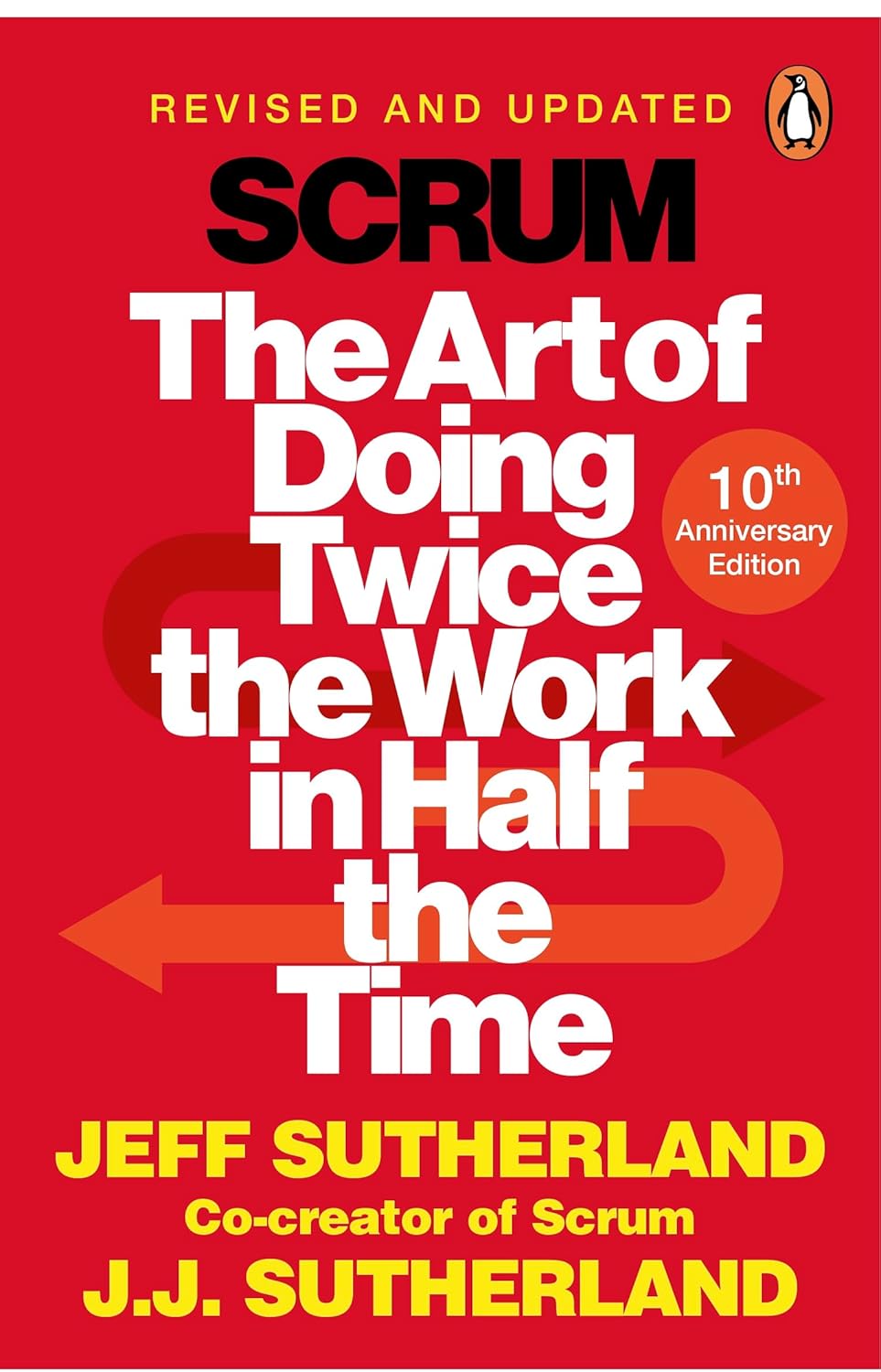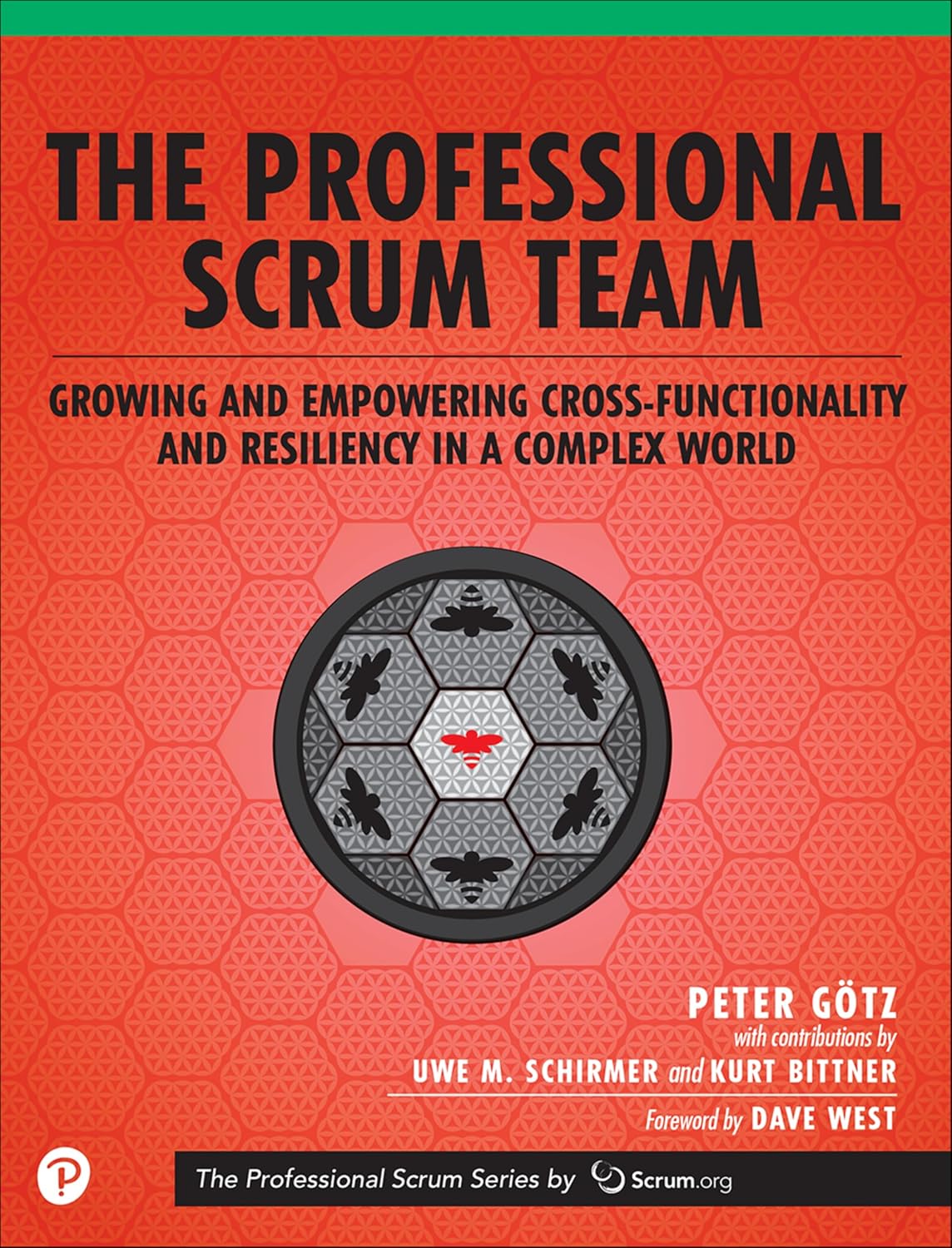
Scrum Team
What is a Scrum Team?
A Scrum Team is a small, cross-functional group of professionals who work together to deliver value in short, iterative cycles known as sprints. This team structure is central to the Scrum framework, which is a popular approach to Agile project management. The team typically includes three key roles: the Scrum Master, the Product Owner, and the Developers. Each member of the team shares responsibility for producing a usable product increment at the end of each sprint. The Scrum Team is self-managing, meaning it decides internally how to accomplish the work without external direction.
Scrum encourages frequent collaboration, continuous improvement, and transparency. The team works from a shared backlog, and during each sprint, they commit to completing specific items from that backlog. A strong focus on communication and accountability helps the team stay aligned with project goals and customer needs.
Key Points
- A Scrum Team is typically composed of 10 or fewer members to promote collaboration and effective communication.
- The three defined roles—Scrum Master, Product Owner, and Developers—are essential to maintaining team balance and function.
- The team is self-managing and cross-functional, meaning it possesses all the necessary skills to deliver value independently without relying on external resources.
- They operate in time-boxed iterations (sprints), commonly lasting two to four weeks.
- They focus on continuous delivery of usable product increments and adapt quickly to changing requirements.
Related Terms
- A Scrum Master helps remove obstacles and ensures the team follows Scrum principles effectively.
- The Product Owner manages the product backlog and sets priorities based on stakeholder needs and requirements.
- A Sprint is a fixed time period in which the Scrum Team delivers a usable product increment.
- A Product Backlog is a dynamic list of features, enhancements, and bug fixes maintained by the Product Owner.
- A Daily Scrum is a short meeting that helps the team coordinate and plan work for the next 24 hours.
Scrum Team: Example
A software company forms a Scrum Team to build a new mobile app. The team includes a Product Owner who defines user requirements, a Scrum Master who facilitates meetings and resolves roadblocks, and five Developers with design, coding, and testing skills. Over the course of two-week sprints, the team delivers working features, gathers feedback, and adjusts plans accordingly.
Scrum Team: Best Practices
- Limit team size to promote strong communication and collaboration.
- Encourage each role to focus on its responsibilities while supporting the shared goal.
- Conduct regular retrospectives to identify areas for improvement in teamwork and processes.
- Foster a culture of trust and openness to improve accountability and innovation.
- Keep the product backlog updated and clearly prioritized to align work with business objectives.
Additional Resources
Preparing for a PMI certification?
- Exam Prep Courses: PMP®, CAPM®, and PMI-ACP®
- Exam Simulators: PMP®, CAPM®, PMI-ACP®, PMI-PBA®, PMI-RMP®, PMI-SP®, PgMP®, and PfMP®
- Professional Development Units (PDUs): 15, 30, and 60 PDU Bundles




